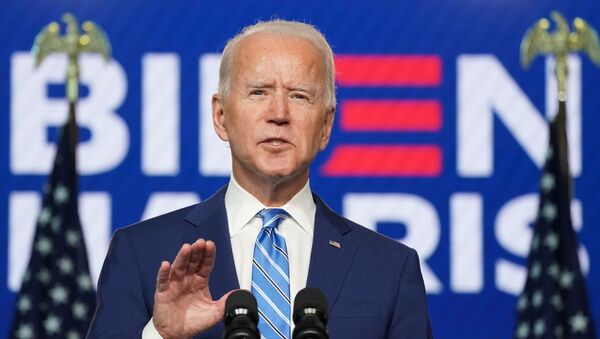The FAA announced in a Wednesday Notice to Airmen that the no-fly zone - spanning 1 nautical mile in radius - will remain active over Biden’s Delaware home until November 7.
The FAA just posted a pair of new Temporary Flight Restrictions over Wilmington, Delaware— the smaller of the two through Friday. https://t.co/3U8L06dq13 pic.twitter.com/hK29edaTf4
— Pete Muntean (@petemuntean) November 4, 2020
Citing “special security reasons,” the notice detailed that pilots are not permitted to fly over the defined area - unless extraordinary circumstances, such as an emergency landing, prevent compliance.
While the federal transportation agency did not provide an explicit reason for the no-fly zone, the FAA directive has traditionally been extended to the presidential and vice-presidential nominees of both parties.
US President Donald Trump, US Vice President Mike Pence, former Secretary of State Hillary Clinton and Sen. Tim Kaine (D-VA) were all provided TFRs around their primary residences on November 8, 2016, the day of that year’s election.
The no-fly zones around Clinton’s Chappaqua, New York, home and Kaine’s Richmond, Virginia, residence were promptly lifted around 5 p.m. EST on November 9, 2016.
At the time, President-elect Trump and Vice President-elect Pence had their full-time TFRs in effect until the inauguration ceremony on January 20, 2017.
The primary no-fly zone designated for Trump was around the Trump Tower in New York City’s Manhattan.
mashable : Donald Trump, now with his own YUGE, glamorous, spectacular FAA no-fly zone over Trump Tower: … pic.twitter.com/sKLbvClHZC
— Md. yeamin Sarker (@MdyeaminSarker) November 10, 2016
Some have speculated the FAA’s Wednesday TFR issuance to Biden came in anticipation of his campaign’s expected victory.
However, the no-fly-zone around the former vice president’s residence expires on Saturday. Furthermore, the TFR’s period appears to be based on the lagging results of the current US presidential election.
As of this article’s publication, Biden and Democratic vice-presidential nominee Sen. Kamala Harris (D-CA) have obtained 264 Electoral College votes, compared to Trump and Pence’s 214.
If Biden’s campaign accumulates the necessary 270 Electoral College votes to win the presidential election, new TFRs will presumably be issued for both him and Harris through the January inauguration.




